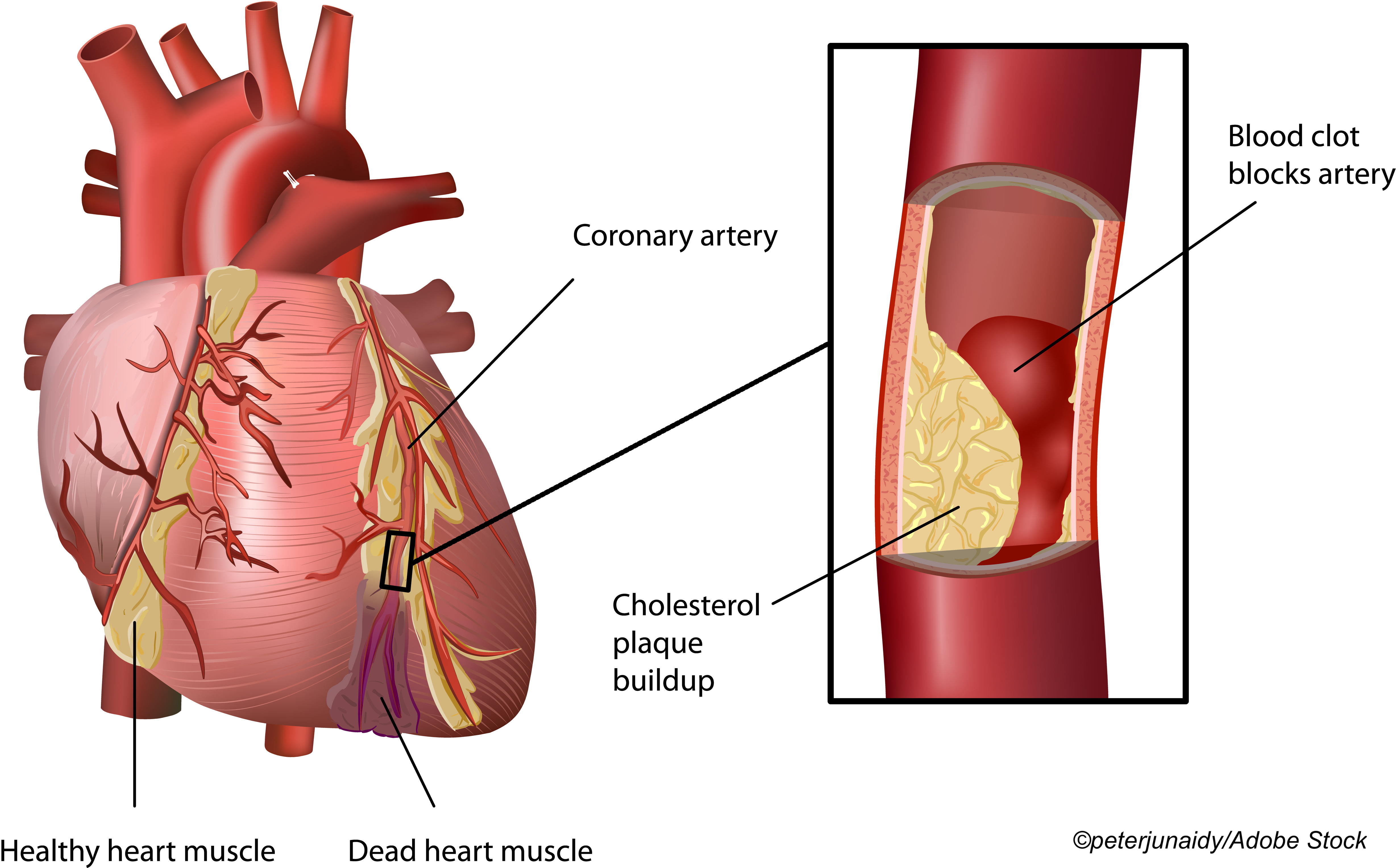In patients undergoing percutaneous coronary intervention (PCI) for chronic total occlusion (CTO), pre-procedural coronary computed tomography angiography (CTA) not only increased success rates, but reduced immediate periprocedural complications including coronary perforation and periprocedural myocardial infarction (MI) compared with angiographic guidance, according to research published in JACC: Cardiovascular Imaging.
“Treatment of simple lesions, not complex lesions, usually does not need this pre-procedural coronary CTA… angiography-guidance is sufficient… However, [fixing] chronic total occlusions (CTO) is difficult and has lower success rate. Thus, pre-procedural coronary CTA with anatomical data to operator could be very useful. However, there has been no randomized comparison to demonstrate that pre-procedural coronary CTA increases success rate. There has been no definite evidence. Therefore, we tried to demonstrate that use of pre-procedural coronary CTA can increase the success rate of CTO treatment,” senior author Yangsoo Jang, MD, Severance Cardiovascular Hospital, Yonsei University College of Medicine, Seoul, South Korea, told BreakingMED in email correspondence.
He added, “Acquisition and analysis of coronary CTA before CTO treatment is not a current routine practice. Also, although physicians who are familiar with coronary CTA images may use the coronary CTA images more frequently, many operators try to treat CTO without coronary CT.”
For the multicenter, randomized CT-CTO study, Jang and colleagues randomized 400 patients (1:1) to either PCI with pre-procedural coronary CT or PCI without coronary CTA. Primary endpoints included successful recanalization rate, final Thrombolysis In Myocardial Infarction (TIMI) grade ≥2, and ≤30% residual stenosis on final angiogram.
Successful recanalization was achieved in significantly more patients in the coronary CTA-guided group compared with the angiography-guided groups (93.5% vs 84.0%, respectively; absolute difference: 9.5%; 95% CI: 3.4%-15.6%; P=0.003). Jang et al also compared success rates via scores from the Multicenter CTO Registry of Japan and found that coronary CTA guidance was favored over angiography in the subset of J-CTO ≥2 compared with ˂2 (P for interaction: 0.035).
Coronary perforations also occurred in fewer patients undergoing coronary CTA compared with angiography (1% versus 4%, respectively; P=0.055), as did periprocedural MI, which occurred in none of the patients in the coronary CTA-guided patients compared with four patients (2%) in the angiography-guided group (P=0.123), although the latter did not reach significance.
At 1 year, there were no differences in total procedure and fluoroscopic times, or in cardiac death, target vessel-related MI, or target-vessel revascularizations.
In conclusion, Jang told BreakingMED: “In this study, we believe that higher success of CTO-PCI with CCTA can be attributed to the guidance of well-procedural planning and better vessel tracking under the greater anatomic morphological understanding of occluded arteries using three-dimensional information of the CCTA.”
He added: “Currently, pre-procedural CCTA has not been recommended for all CTO cases. However, particularly when the low success is predicted by invasive angiography (difficult CTO lesions), pre-procedural CCTA might be required for increase of success and decrease of peri-procedural complication.”
In their accompanying editorial comment, Ronen Rubinshtein, MD, of the Heart Institute at the Edith Wolfson Medical Center, Holon, Israel, and Haim Danenberg, MD, of the Sackler School of Medicine, Tel Aviv University, Tel Aviv, Israel, noted that this study from Jang et al is not the first to assess [coronary] CTA for CTO-PCI. It is however, the first in which patients were prospectively randomized to a [coronary] CTA-first approach, the direct effects of which were then tested on the success of the PCI procedure.
“Although the overall success rate was relatively high in both groups, when compared to previous reports, the positive effect of a [coronary] CTA-first approach was still significant and was especially pronounced among the two thirds of patients with a J-CTO score of ≥2 (the more complex cases). Moreover, although the overall complication rate was low, it was numerically lower in the CCTA-guided group, and even the antegrade wire crossing time was shorter, possibly as a result of a better understanding of vessel morphology leading to either higher success of antegrade wire manipulation or earlier abortion of this approach and a switch to a retrograde approach,” they wrote.
“For the interventional cardiology community, it may be reasonable to presume that CCTA may predict CTO-PCI success by allowing a better understanding of vessel and plaque characteristics, providing a possibly improved J-CTO score. However, the current study takes CCTA one step forward: from a prediction tool to a clinically practical tool in the interventional cardiologist’s toolbox. [Jang] et al should therefore be commended for showing that CCTA is not only a prediction tool but a useful imaging tool that improves the chances of CTO recanalization by an experienced operator,” concluded Rubinshtein and Danenberg.
Study limitations include the failure to use co-registration of both coronary CTA volume-rendered images and fluoroscopic angiography, lack of detailed data on improvement mechanisms in success rates of patients in the coronary CT-guided group, slow enrollment due to patient preference for immediate PCI following angiography, failure to consecutively screen patients with CTO lesions, unavailability of equipment for device-assisted antegrade dissection re-entry techniques, varying operator experience levels, and difficulties in accurately measuring calcium thickness.
-
Pre-procedural coronary computed tomography angiography (CTA) guidance improved the success rates of percutaneous coronary intervention (PCI) for chronic total occlusions (CTOs) compared with angiographic guidance.
-
Patients who underwent pre-procedural coronary CTA also had lower numbers of coronary perforation and periprocedural myocardial infarction.
Liz Meszaros, Deputy Managing Editor, BreakingMED™
This work was supported by grants from the Korea Health Technology Research & Development Project through the Korea Health Industry Development Institute and funded by the Ministry of Health & Welfare, Republic of Korea, the Bio & Medical Technology Development Program of the National Research Foundation funded by the Korean government, and the Cardiovascular Research Center, Seoul, Korea.
Jang, Rubinshtein, and Danenberg reported no relationships relevant to the contents of this paper.
Cat ID: 306
Topic ID: 74,306,306,308,914,481,96



